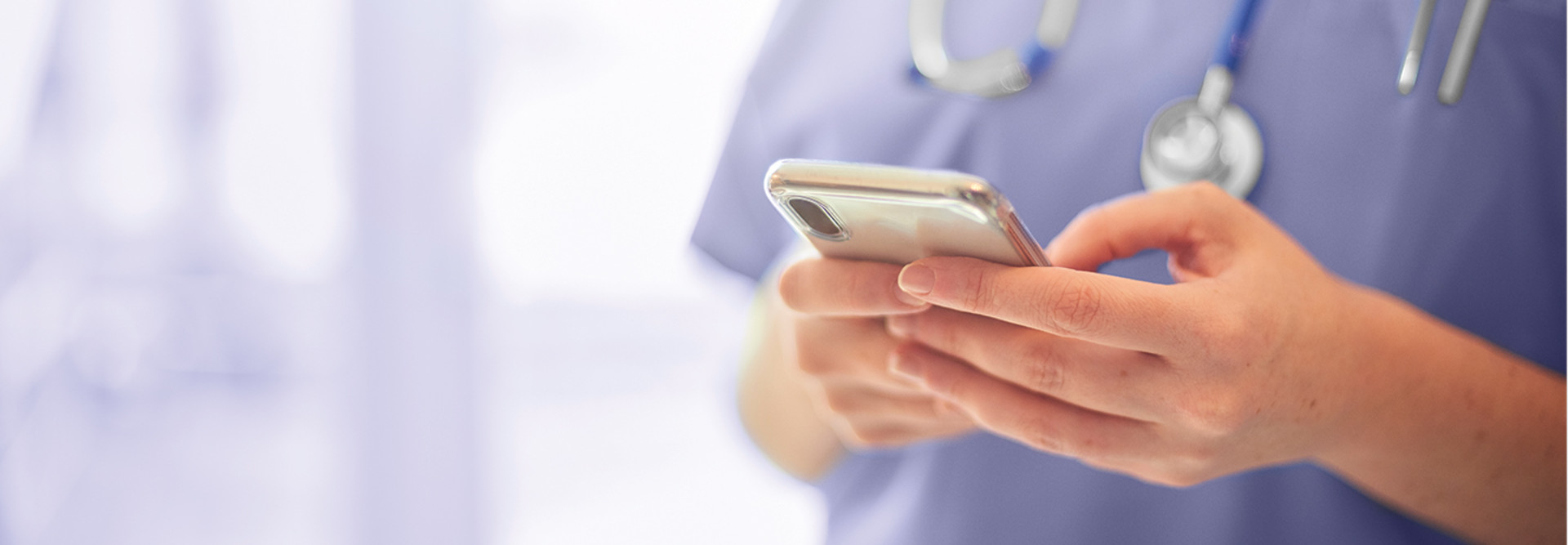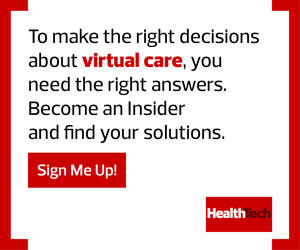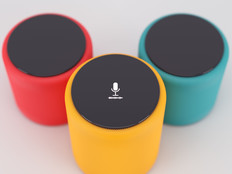How Mobile Devices Are Meeting the Soaring Need for Care
The coronavirus pandemic has placed a variety of challenges and demands on healthcare providers. For one, the highly contagious nature of COVID-19 means that clinical staff providing important treatment put themselves at risk when coming into close contact with patients — an issue that has been exacerbated by a shortage of personal protective equipment in hospitals. Further, as workloads have skyrocketed with the massive influx of patients, hospitals have needed to improve the speed and efficiency of their workflows.
Mobile technologies help healthcare teams meet these and other challenges, enabling clinicians to provide safe, sympathetic care. To optimize their efforts to deal with challenges posed by the pandemic, as well as the normal hurdles of providing healthcare, hospitals and other organizations will need to continue to develop their mobility programs. Even with the good news of vaccines coming available, hospitals should continue to improve their mobile capabilities to provide better care and achieve better outcomes.
Greater Utility Drives Widespread Mobility in Healthcare
Mobile devices have become commonplace in healthcare settings. In fact, research conducted by the American Medical Association earlier this year found that nearly 9 in 10 physicians see an advantage in using digital health tools. Further, healthcare providers are increasing their use of a variety of tools, including mobile devices.
For example, healthcare providers are using mobile devices, such as handheld computers from Zebra Technologies, to improve the speed and efficiency of COVID-19 testing. Many hospitals are also deploying point-of-care devices to empower clinicians as they provide bedside care. These devices enable healthcare workers to connect with patient records and simplify the workflow for collecting specimens. They also improve accuracy by reducing the need to enter patient information manually.
Mobile devices have improved the speed and quality of care in many ways. For example, during shift changes, information about patients may often be lost in the transition from one team to the next. However, mobile devices make it easier for clinicians to record details and share them with other professionals.
As they see the value of these solutions firsthand, many healthcare providers are using them in new ways. Some observers expect clinicians to find as many as 25 use cases for a single device. One such use case, particularly helpful in pandemic times: deploying tablets for virtual rounding, which enables groups of doctors to interact with and evaluate patients remotely (and to confer afterward), limiting potential exposure to the virus.
MORE FROM HEALTHTECH: See how one health organization launched a COVID-19 data dashboard.
Mobility Trends Drive New Processes and Capabilities
However, to implement mobile tools safely and securely, healthcare organizations must overcome some challenges. For one, shared devices represent a risk for disease transmission — an issue that hospitals are addressing by using anti-microbial device cases, UVC cleaning solutions and thorough wipe-downs at shift changes.
Further, the sudden impact of the pandemic on healthcare providers led many to engage in massive adoption campaigns of mobile devices that required precise provisioning before they could be used. Mobile device management solutions simplify the ability of hospitals to deliver devices to users with the necessary software already installed, while ensuring that security configurations meet the organization’s needs. These capabilities have allowed healthcare organizations to pivot quickly in the face of the pandemic while minimizing the risks of rapid adoption.
As healthcare organizations race to stay ahead of the impacts of the pandemic, care has truly become mobile. These nimble strategies are helping address pandemic challenges while keeping everyone safer.











